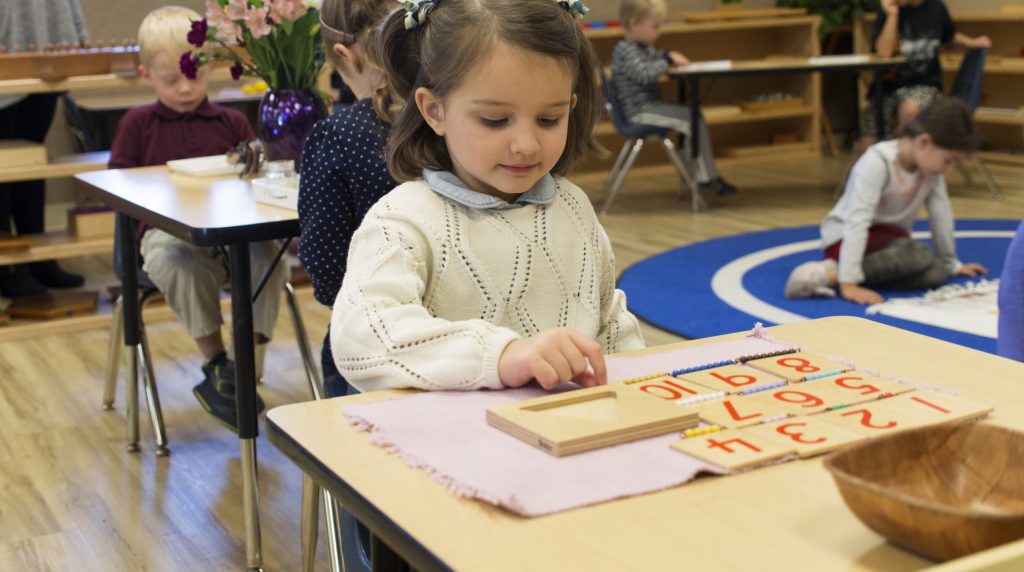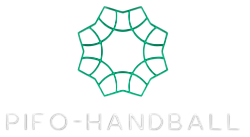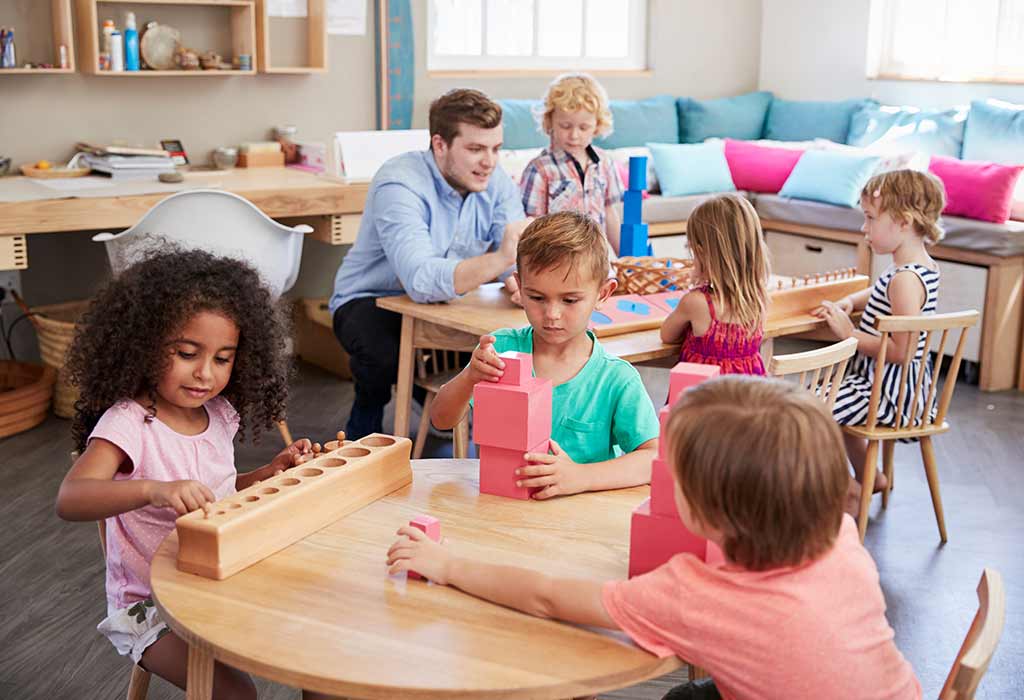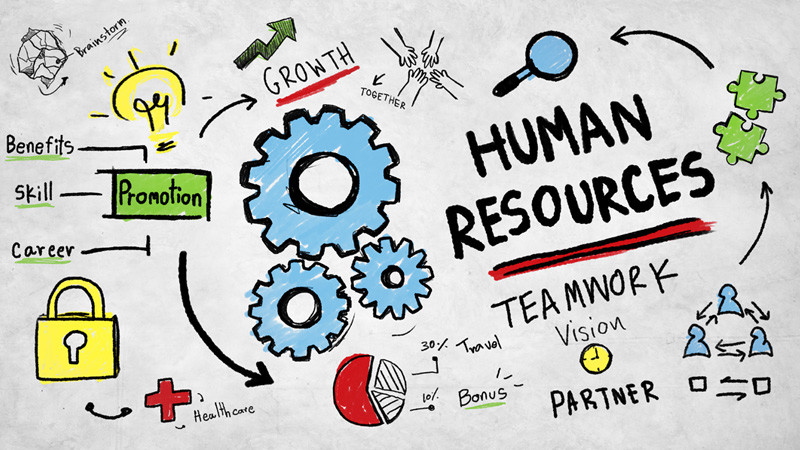It has been said that the formative years of a person’s life are the most important ones for learning. There is no other point in your child’s life when their brains will be so receptive to learning or so impacted by their learning environment as now when their brain is developing 700 new synaptic connections every second. Know more about preschool montessori.
Early plasticity is a term used by Harvard’s Center on the Developing Child to describe this period of brain development. In other words, your child’s brain is busy laying the foundation for how it will learn and behave for the rest of its life by soaking up all the stimuli around them. It is considerably more difficult to shape your child’s learning beyond five when the brain is still relatively malleable.
Because of this, you are choosing a preschool for your kid may be one of the most significant steps you take toward their future academic success. You should look for a program to help your kid flourish as they begin their educational journey and create the groundwork for a lifelong love of learning.

The Essential Elements of a Montessori Kindergarten
- Class groups where students of various ages are taught together
One of the most distinctive features of a Montessori kindergarten is the mixed-age nature of the classroom. In a Montessori classroom, younger students benefit from the fact that they can learn by watching and imitating their older peers. Younger children learn by seeing how more extensive children take part in classroom activities, interact with the instructor and their classmates, and transition from one learning activity to the next.
The advantages of a mixed-age classroom extend to older students as well. In mentoring younger pupils, they may hone their leadership abilities and broaden their emotional intelligence. By serving as role models for younger students, older students can reinforce their education while enriching the lives of others.
- One that encourages individual accountability and self-control
Participating in a student-centered learning environment allows a youngster to design their educational path. Children understand responsibility in this way as they learn to manage their time effectively and operate within the constraints of the school routine. They also learn to step up and take charge when it comes to assisting younger students who are having trouble with the material they have previously mastered.
- A curriculum that stresses individual initiative
Children are instructed to “Do what you are told when you are ordered to do it,” according to the conventional educational approach. Then, by the time they’re twelve, hope they’ve grown into responsible, self-sufficient adults. This doesn’t make any sense. Gaining independence, like gaining competence in any other adult domain, is a process that unfolds over time and builds upon itself.
Children in a Montessori program get the skills they need to become independent learners. They may participate in any events they find most interesting and can do so at their leisure. True, they fumble sometimes, but that’s part of what makes freedom so appealing. Children may make errors and learn from them in a risk-free atmosphere. Because of this trust and responsibility, kids develop a strong sense of self-worth and are better equipped to take on the world as confident, resourceful people.





